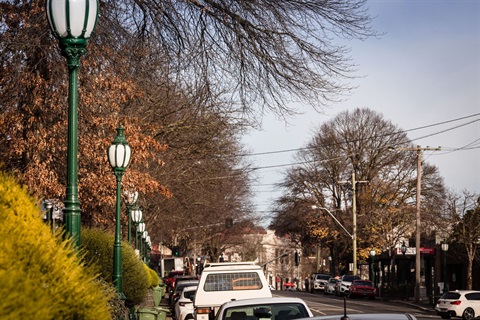The Albanese Government will work with industry to scope an emergency mobile roaming capability to keep Australians connected during natural disasters, following a new report from the Australian Competition and Consumer Commission (ACCC) released today.
The ACCC’s Regional Mobile Infrastructure Inquiry final report outlines key challenges when it comes to providing reliable, accessible and resilience communications in regional Australia.
Importantly, the report examined the feasibility of temporary roaming services to enable Australians to connect to any available mobile network during natural disasters and other emergencies.
The ACCC found that temporary emergency roaming was technically feasible, but further work was needed to design and develop the capability. Ensuring coordination between government and mobile network operators would also help mitigate risks such as network congestion.
Ministers have tasked the Department of Infrastructure, Transport, Regional Development, Communications and the Arts (DITRDCA) and the National Emergency Management Agency (NEMA) with progressing this next step in collaboration with mobile carriers and to report back to Government by March next year.
The report makes the case for a review of existing regulation that governs access to mobile towers and associated infrastructure in regional areas to deliver better outcomes for consumers.
It highlights that encouraging carriers to deploy mobile infrastructure in areas without a commercial incentive through current grant programs is a significant challenge, and industry collaboration through infrastructure sharing may be the key to coverage improvements in these areas.
It found that infrastructure sharing can reduce costs to deploy new mobile sites and that the public benefits flowing from these grant programs would outweigh possible competition concerns.
The report will help inform the Government as it considers next steps to address these challenges, building on the work already underway as part of its $1.1 billion Better Connectivity Plan for Regional and Rural Australia.
The Government also recently launched a new Public Safety Mobile Broadband Taskforce to help deliver fast, secure voice, video and data communications specifically for emergency services.
The Regional Mobile Infrastructure Inquiry final report can be accessed at www.accc.gov.au/inquiries-and-consultations/regional-mobile-infrastructure-inquiry-2022-23
Quotes attributable to Minister for Communications, the Hon Michelle Rowland MP:
“Narrowing the digital divide between our cities and regions is a key focus of the Albanese Government.
“We thank the ACCC for providing a clear-eyed assessment of some of the barriers to deploying mobile infrastructure in parts of regional Australia, and outlining next steps to improve communications during disasters.
“The Government will work with industry to scope a new emergency roaming capability so that Australians can stay connected during disasters, regardless of who their carrier might be.
“Making sure we have the right regulatory settings is also critical to deploy mobile infrastructure in regional communities, including considering infrastructure sharing between carriers”.
Quotes attributable to Minister for Emergency Management, Senator the Hon Murray Watt:
“Disasters can occur and change quickly, making connectivity vital for all Australians.
“That’s why enhancing emergency roaming mobile capability has the potential to save many lives.
“This initiative is the latest example of the Albanese Government’s commitment to disaster preparedness, helping more regional Australians to stay connected during bushfire, floods, and severe weather.
“We welcome the opportunity to work with industry to provide a communications framework to all Australians in the face of increasingly complex disasters.”







